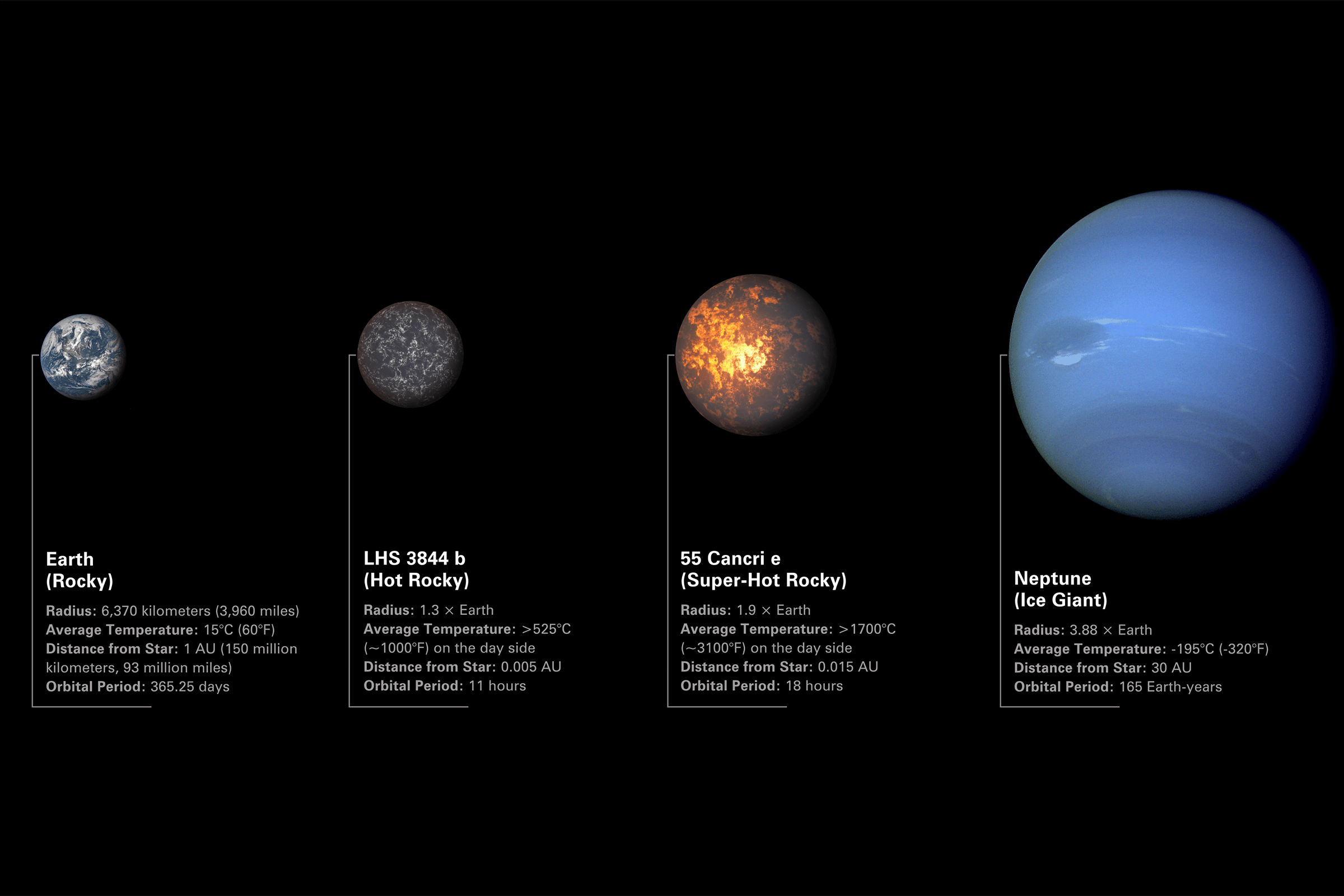NASA says it has discovered evidence of a nearby super-Earth that is located within its star’s habitable zone. Its unique location means that the super-Earth could possibly be habitable, meaning it could hold evidence of alien life.
The planet is known as TOI-0715 b, and it’s about one and a half times as wide as our own planet, NASA explains. The planet orbits within the “conservative” habitable zone of its parent star, and that means it could be the right temperature for liquid water to form on the planet’s surface.
Obviously, discovering a possibly habitable planet is big news. What’s even more intriguing about it, though, is that the planet is just 127 light-years away, putting it within our celestial backyard, so to speak.

Now, obviously that’s still way further than humans can travel in space right now. However, it is nice to know that a habitable planet could be so close instead of being located millions or billions of light-years away. What makes the appearance of this planet even more exciting, though, is that it could have a partner planet nearby.
TOI-175 b joins the growing list of possibly habitable super-Earths that we have discovered. While the planet needs to be more heavily scrutinized by the James Webb space telescope, its discovery is a move in the right direction because now we can look for signs of an atmosphere, which is important for harboring life.
Just because a planet is located within the habitable zone of a star doesn’t necessarily mean that it is habitable or that it has an atmosphere of any kind. Further research into the planet, as well as its possible partner planet, will only help us learn more.
Finding a possibly habitable super-Earth so close means we can study it more in-depth than we could if it were millions of light-years away. But that doesn’t mean that we’ll learn anything definitive, at least not until scientists have poured over the data for hours and hours.

